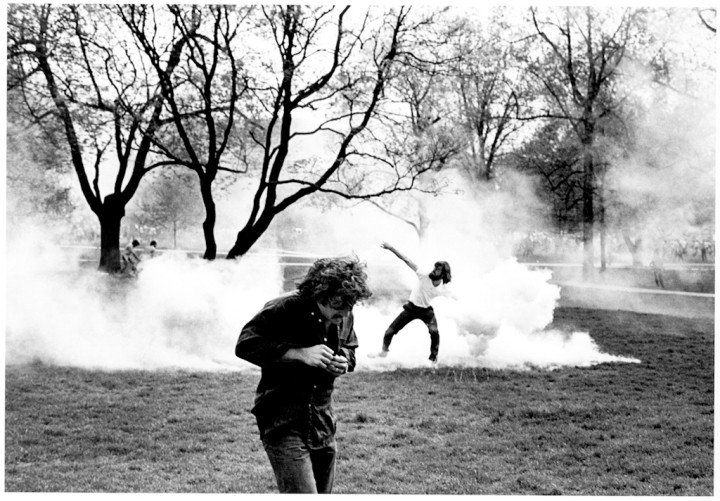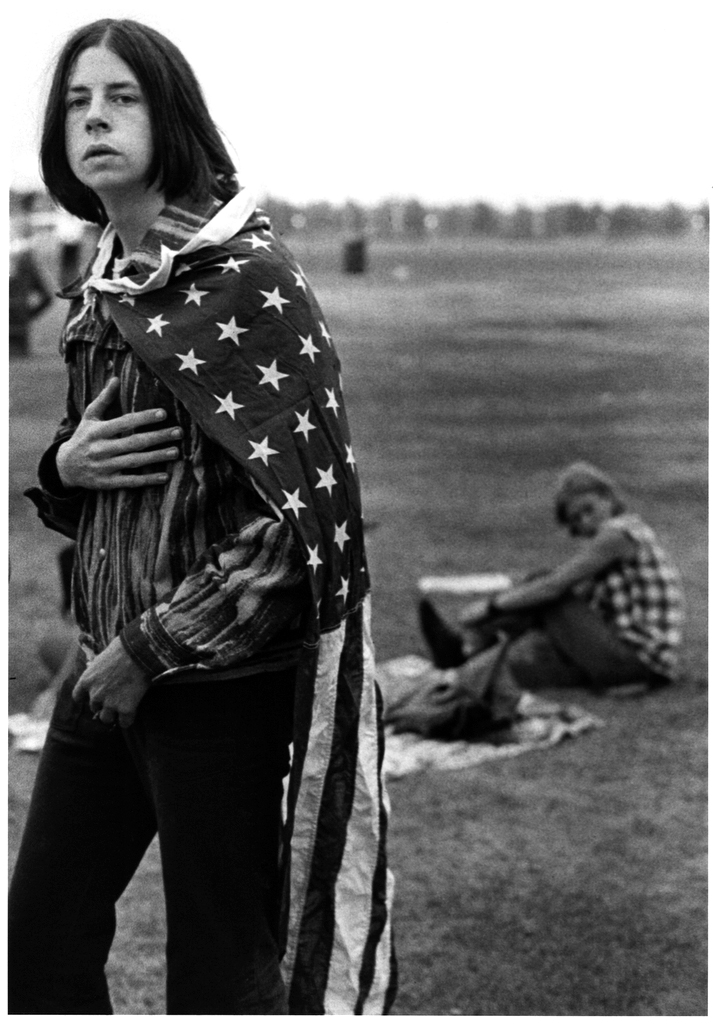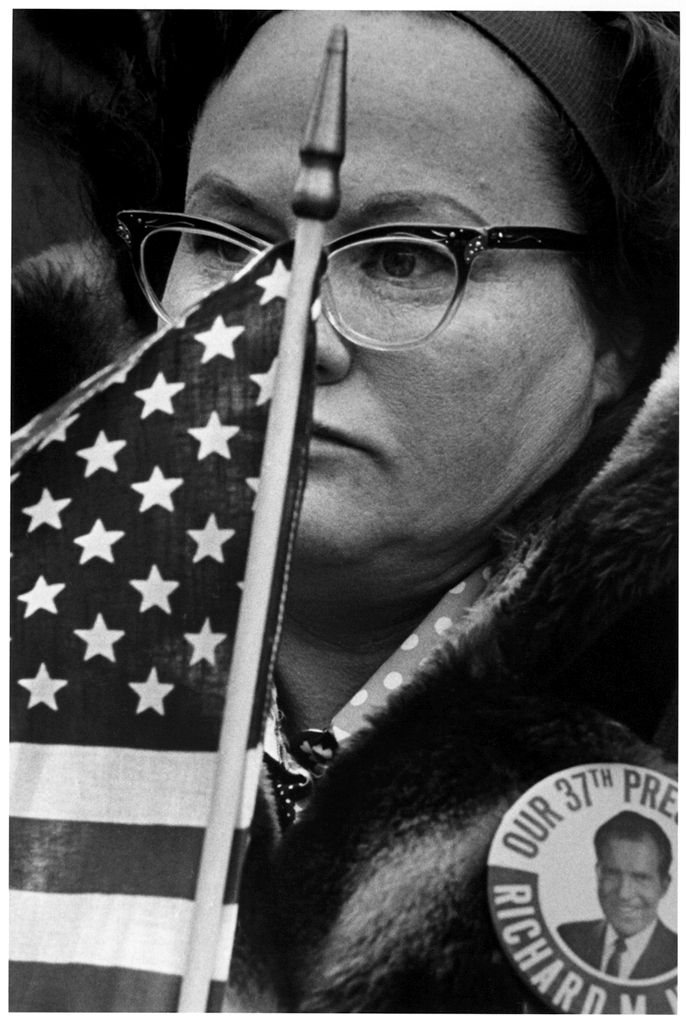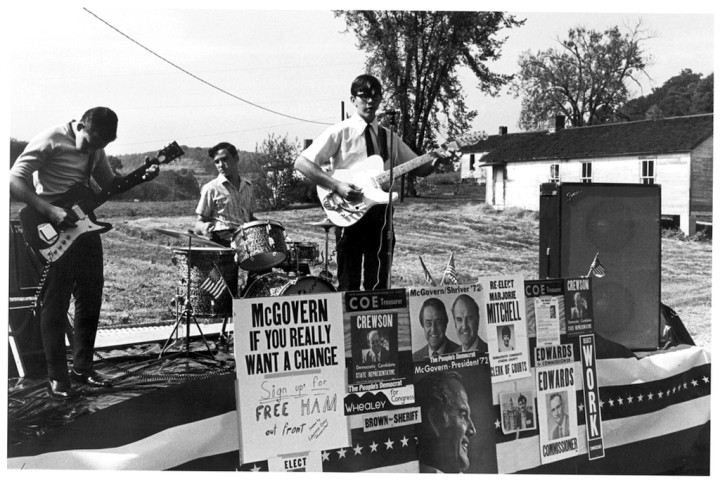Drawn to documenting the burgeoning protest movement in the late 1960s, Ken Light came to photojournalism as an extension of his anti-war activism. He started by shooting marches and demonstrations, but it wasn’t until the Nixon administration’s secret bombing of Cambodia came to light in late April 1970, and campuses exploded, that he truly found his calling.
Hitchhiking from Ohio State in Athens to the flagship campus in Columbia, he captured clashes between students and the National Guard shortly before four students were killed at Kent State in similar demonstrations. Arrested despite his press credentials, Light retrieved his undeveloped film when he got out of jail, and “those photos were published in newspapers and magazines all over the world,” he says. “I was struck -- you can really have a voice. I could look around at my generation and tell stories about what’s happening.”
On the faculty at UC Berkeley since 1983, Light is a longtime professor at the Graduate School of Journalism and curator of the J-School’s Center for Photography (where there’s now a fantastic exhibition of work by Jim Marshall, the legendary chronicler of rock, jazz and blues musicians). Over the years, he’s earned numerous awards and published books examining the lives of farmworkers -- "With These Hands" (Pilgrim Press) and "To The Promised Land" (Aperture); impoverished African-Americans in the deep South -- "Delta Time" (Smithsonian Institution Press); and Appalachia -- "Coal Hollow" (University of California Press).
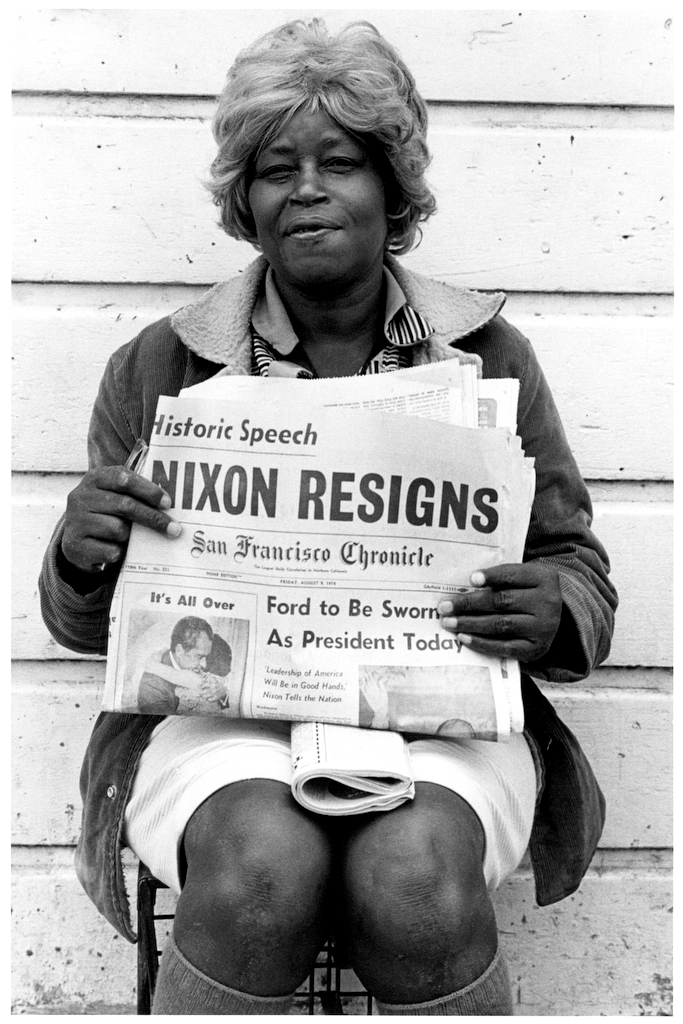
Light recently launched a Kickstarter campaign that runs through March 18 to self-publish "What’s Going On: America 1969-1974," a book of some 140 photos capturing the divergent forces pulling apart American society during those tumultuous years (full disclosure: a few years ago I taught Light’s course “The Journalist As Freelancer” at the Graduate School of Journalism). We recently spoke about the new project.
When did you first start thinking about creating a book from your early years?
